How to Choose the Right Artificial Turf for Your Home
Published in Home Articles
Looking to make your yard look green and fresh all year long without the hassle of watering and mowing?
Choosing the right artificial turf can be tricky with so many options out there. Different types feel and look very different, and some last longer than others.
You might wonder which one is soft enough for kids to play on, yet strong enough to handle pets and heavy use. It’s also important to pick a turf that fits your budget and looks natural. Want to find the perfect turf for your home? Let’s dive in.
Check the Turf Material
Choosing the right artificial turf starts with the material. Different types of turf are made from different plastics, such as polyethylene, polypropylene, or nylon. Some feel soft and natural, while others are stiffer and less comfortable.
Polyethylene is usually the softest and looks most like real grass. Nylon is very strong but can feel rough underfoot. Pay attention to how the blades bend and bounce back, as this affects comfort and durability.
A high-quality material can handle sun, rain, and foot traffic without fading or breaking down. Knowing the type of turf material helps make the best choice for your yard. This way, you can feel confident about your selection.
Consider Pile Height
The height of grass blades can make a big difference in how a yard looks and feels. Shorter blades are easier to walk on and keep tidy, while taller blades create a lush, natural look. Taller turf may need more care to stay neat, but it can feel softer underfoot.
It’s important to pick a height that matches how the space will be used and the style you want for your yard. Testing samples can help you see how it looks and feels in real life.
Choosing the right pile height ensures comfort and appearance for years. For the best options, explore Artificial Turf in Las Vegas.
Look at Density
The number of grass blades packed into a square inch affects how full and natural the turf looks. Higher density makes the lawn look lush and thick, while lower density can appear thin and worn over time.
Dense turf also stands up better to foot traffic and keeps its shape longer. Checking density before buying helps ensure the lawn stays attractive and comfortable to walk on. It can also affect how the turf handles weather and use over the years.
Choosing turf with the right density makes a noticeable difference in both appearance and durability. For a long-lasting, natural-looking lawn, focus on finding turf with proper density for your space.
Examine Color and Texture
The look and feel of artificial turf depend a lot on its color and texture. A mix of green shades often looks more natural than a single flat color. Soft blades feel nicer to walk or sit on, while rougher textures can be uncomfortable.
Some turf even has brown or yellow tones to mimic real grass that changes with the seasons. Feeling samples in person helps you understand how the turf will feel underfoot.
Color and texture also affect how the lawn looks from a distance, making a yard appear more vibrant and realistic. Choosing turf with the right combination ensures your outdoor space is both comfortable and visually appealing.
Think About Usage
How a yard will be used plays a big role in choosing the right artificial turf. Lawns that see a lot of foot traffic need stronger, more durable turf to handle daily wear.
Areas where children play or pets run around require softer turf that can withstand heavy use without losing shape. Spaces used mainly for decoration can focus more on appearance than toughness.
Knowing how the turf will be used helps decide which type will last longest and look best over time. It also helps prevent damage and keeps maintenance simple. Picking turf based on its intended use ensures the yard stays functional and attractive for years to come.
Check Drainage
Proper water flow is key to keeping a lawn clean and safe. Turf that drains well prevents puddles from forming after rain or watering. Poor drainage can lead to mold, mildew, and a muddy surface that is hard to use.
Look for turf with built-in holes or channels that let water pass through easily. The slope of the ground also affects drainage, so slight adjustments may be needed to guide water away. Good drainage helps the lawn dry faster, stays cleaner, and lasts longer.
Checking how water moves through the turf before installing it ensures a healthier, more usable yard. Proper drainage keeps outdoor spaces enjoyable and low-maintenance.
Feel the Backing
The base of artificial turf is just as important as the grass blades. A strong backing holds the blades in place and keeps the turf from shifting or tearing. Flexible yet sturdy backing allows the turf to bend without breaking, making it easier to install and maintain.
Some backings include extra layers for stability or built-in drainage to help water pass through. Feeling the backing can reveal its strength and quality, giving a sense of how long the turf will last under foot traffic or weather.
Choosing turf with a reliable backing ensures the lawn stays even, durable, and safe. Paying attention to this detail makes the yard more enjoyable for years to come.
Compare Brands and Warranties
Not all artificial turf is the same, and the brand can make a big difference in quality and durability. Well-known brands often use better materials and have more reliable construction, which can make the turf last longer.
Warranties give a sense of security, covering issues like fading, shedding, or backing problems. Reading the warranty details helps understand what is protected and for how long.
Comparing brands and their warranties also reveals which products have a history of good performance. Choosing a trusted brand with a solid warranty reduces the risk of problems later and ensures the investment is worth it. This careful comparison helps select turf that will stay looking good for years.
Make the Best Choice for Your Perfect Lawn
Choosing the right artificial turf ensures a yard that looks great, feels comfortable, and lasts for years. Paying attention to material, pile height, density, color, texture, usage, drainage, backing, and brand details helps make a smart decision.
Each factor affects durability, appearance, and ease of care. Taking the time to consider these elements guarantees a lawn that meets your needs and enhances your outdoor space beautifully.
Did you find this article helpful? You can check out our website for more awesome content like this!











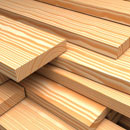




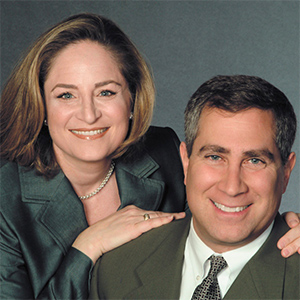



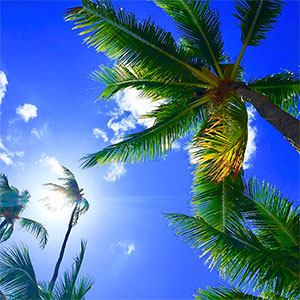

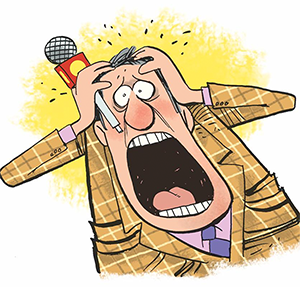
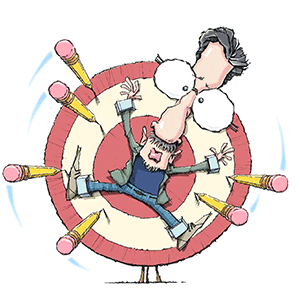
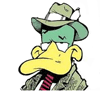

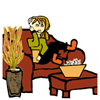

Comments